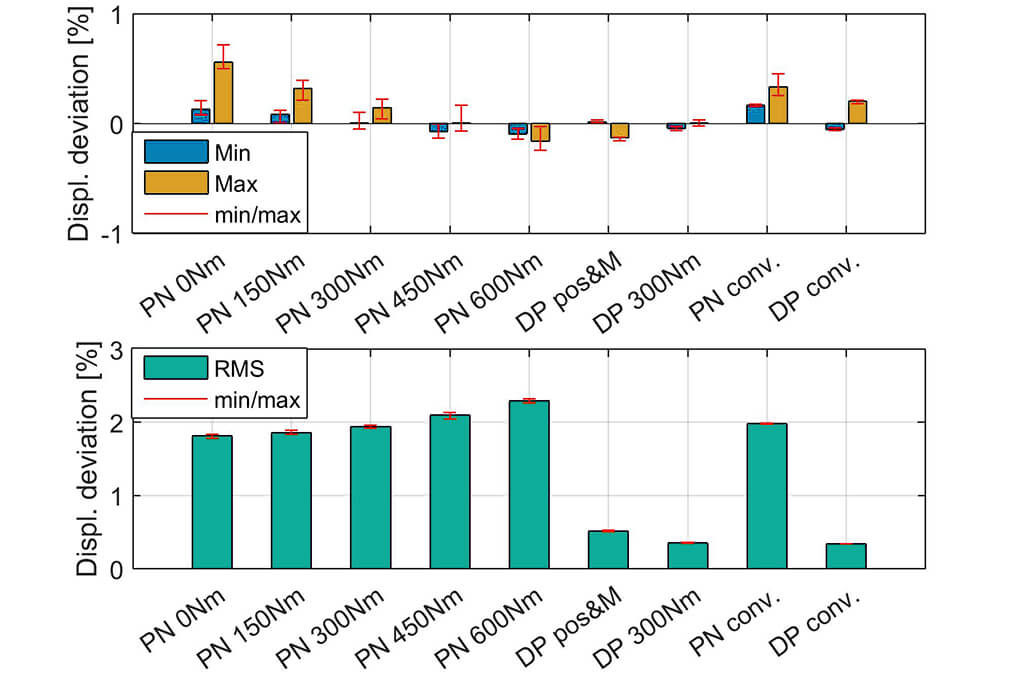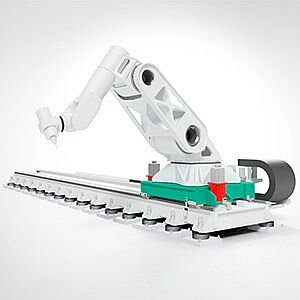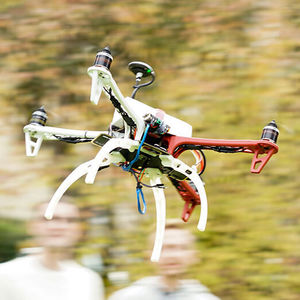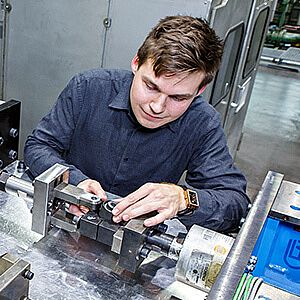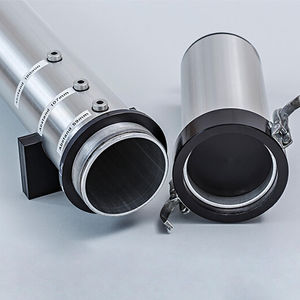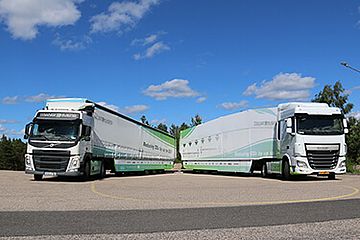Testing mechatronic roll control systems: Digital twin of a test rig.
sensitivity analyses, active roll control, numerical simulation, feasibility analysis
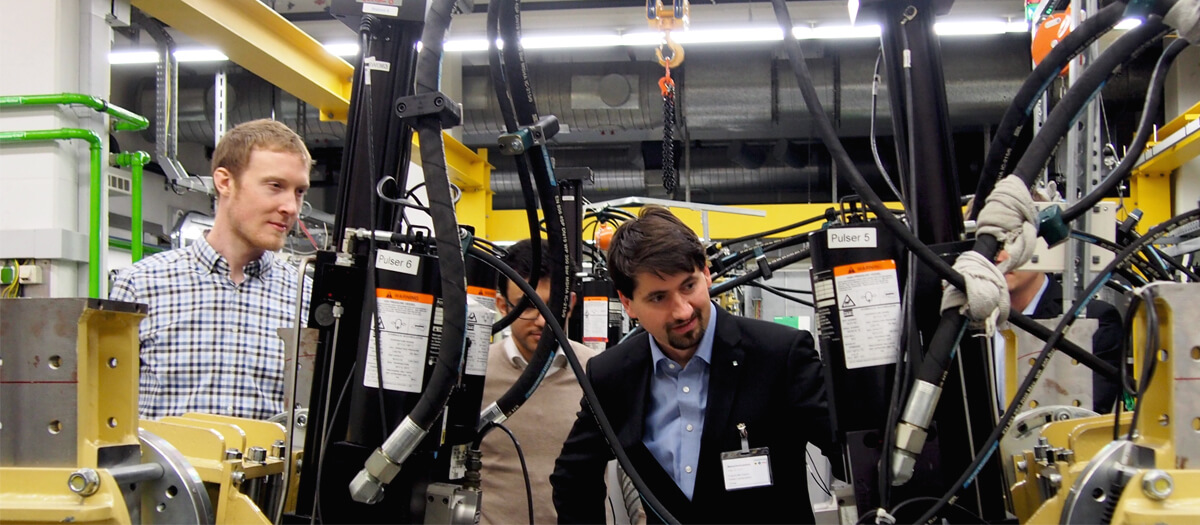
Getting the test rig onto the computer – this is an important step en route to a digitalized product development process. Digitalization requires not only digital twins of the products, but also of the test environments used for ensuring their functionality and durability. This is the only virtual way to capture the interaction between test system and test object, limitations of the test system, and achievable accuracies in comparison to real service conditions before the real test.
Modeling and parameterization of a servohydraulic test rig
The use of a digital twin is of paramount importance for active systems in the automotive sector, which are increasingly used for chassis applications for example. For the development of the iARC (intelligent Active Roll Control) by Schaeffler Technologies AG & Co. KG, the experimental test is a crucial element of the product development process. In this case, significant differences arise in the test requirements due to different use cases. In order to implement tests more efficiently in terms of time and cost, a numerical simulation model of the test rig was built up. Together with a virtual model of the test object, it makes it possible to clarify before the real test, to what extent the test requirements can be realized with the test system and which optimization options exist. As a result the occupancy time of the test rig and the experimental iterations can be significantly reduced.
The model of the test rig comprises the nonlinear dynamics of the hydraulic system, its control system and the kinematics. The system was identified and parameterized using a test program, which was designed especially for this project. To achieve good interpretability, a white box modeling approach was selected. The model created is able to estimate control deviations as well as the test system‘s performance limitations.
For the validation, signals similar to the operating loads, which were not considered for modeling and parameterisation, were used. For all of these validation signals, the deviation of the simulated piston stroke compared to measurements is below 3% in respect of RMS and pseudo damage values. For the minimum and maximum values signals, it is even below 1%.
The very high quality of these results allows for a variety of applications. Two application cases were implemented in the project: a sensitivity analysis and a feasibility analysis. The impact of different model parameters on the simulation result was investigated in the sensitivity analysis. On the one hand, this analysis provides information for the required detailing level for models of similar test rigs and, on the other hand, it identifies options for reducing control deviation.
In the feasibility analysis, an investigation was performed for a given example, to determine to what extent the test requirements can be implemented using the given test rig and which limitations of the system dynamics are actually relevant.
By consistently integrating a virtual test using the digital twin of the experimental test beforehand, a significant increase in efficiency can be achieved since obstacles and their reasons can be identified early. This approach is deemed to be especially relevant to automotive suppliers, for whom the test rig is the most important tool for system qualification as tests on a real vehicle are typically only possible at a very late stage of product development. .

“At the beginning of the project, interfaces for the project were coordinated in such a way that the test rig and development expertise of Fraunhofer LBF and the product and system understanding of Schaeffler could be used in the best way possible. Thanks to close coordination, it was also possible to respond flexibly to findings during the project so that, in the end, Schaeffler had an ideal result.” Dustin Knetsch,
Head of Verification & Validation Chassis Actuators,
Schaeffler Technologies AG & Co. KG.
Contact
- Dr. Volker Landersheim
- Phone: +49 6151 705-475
- volker.landersheim@lbf.fraunhofer.de
